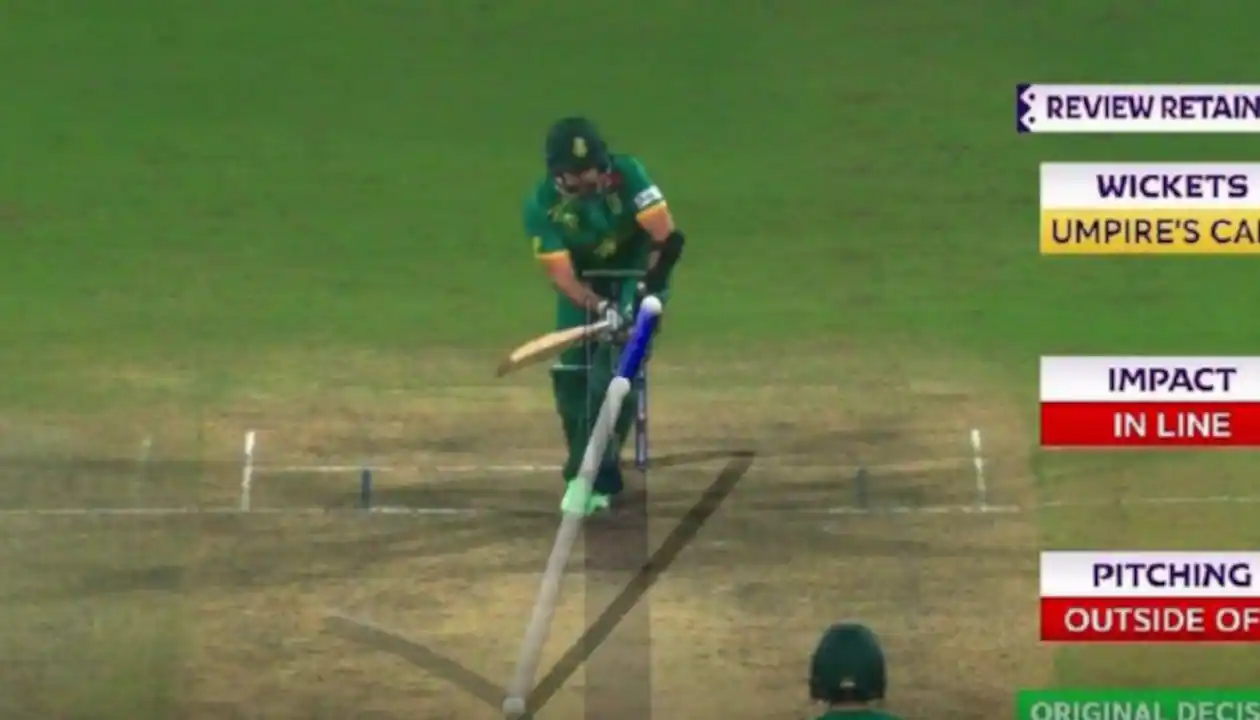The cricket match between South Africa and Pakistan in this year’s Cricket World Cup left a lasting impression on the audience. The game was intense, but what stood out the most was the controversy surrounding the umpire’s call. Samsi, a South African batsman, faced a close call when Rauf’s delivery hit his pad. However, the umpire’s decision favored South Africa, and they survived a potential dismissal.

Many, including former Indian cricketer Harbhajan Singh, believe that Pakistan lost the match due to poor umpiring. Another Indian cricketer, Gautam Gambhir, expressed that logically, it should have been ruled out. Umpire’s calls have been a subject of criticism even before the World Cup, and the Decision Review System (DRS) has undergone several revisions since its introduction in 2008.
In 2021, changes were made to consider the outer part of the stumps for lbw decisions. However, for the ball to be considered out, more than 50 percent of it must be within the wicket zone. If the umpire’s decision is out, the batsman must accept it, and if it’s not out, the decision remains unchanged.
During the South Africa vs. Pakistan match, when Samsi was at the wicket, Rauf’s delivery hit less than fifty percent of the stumps. Consequently, the umpire ruled not out, and Pakistan captain Babar Azam’s attempt to challenge the decision through review was unsuccessful.
This decision sparked disappointment among Pakistan fans worldwide, raising questions about the effectiveness of modern cameras and why they can’t ensure 100% accuracy. Some argue that if technology is advanced enough, the umpire’s role may become obsolete.
LBW decisions involve considerations like ball spin, swing, and wind, making it challenging for technology to provide consistent results. The trajectory of the ball varies, and what the umpire observes with the naked eye is often deemed more reliable. The controversy in this match reignited discussions about the balance between technology and the umpire’s judgment in cricket.
